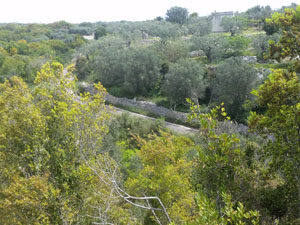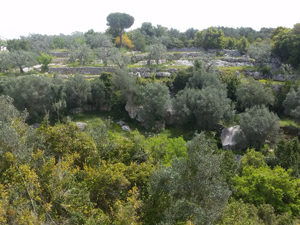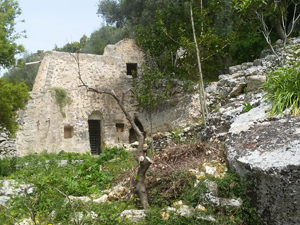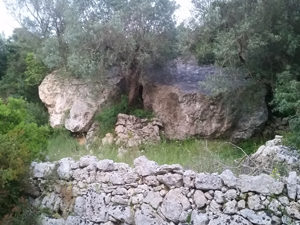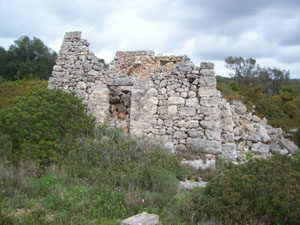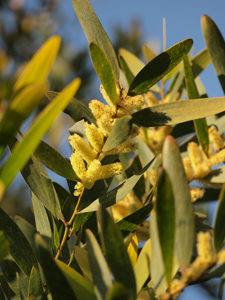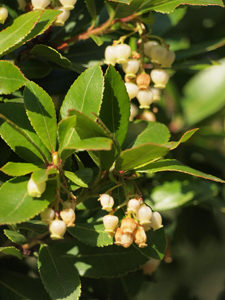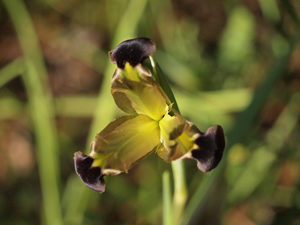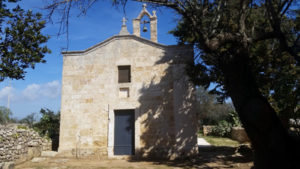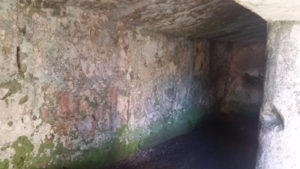
5000 years old...and not feeling it.!!
VOLITO'S CANAL HISTORY
THE VOLITO’S “POZZO”
The historic ‘Pozzo di Volito’ is located at the bottom of the Volito Canal, along a stretch of dirt road, on via Volito. The Capuchin monk, Tasselli described it as follows: “..a canal between the lands of San Gregorio and Marchirello whose water, the purest of all, flows from a well that the locals call Olito.” The word Olito derives from the word vòlo, vòlu, which in dialect means, “ochre-red cretaceous land whose rock faces host luxuriant vegetation.”
The Volito Canal consists of a narrow opening dug out in the extremity of the Serra di Vereto and hosts a the part of the ancient Verèto Trail that connected the sea port of San Gregorio to the old Messapian city of Verètum, which is located just a short distance away on a hill that dominates the modern town of Patù.
RURAL ARCHITECTURE
In 2018, UNESCO inscribed the ‘Art of dry stone walls’ on its Intangible Cultural Heritage of Humanity list because they show the “harmonious relationship between man and nature.” UNESCO’s reason for the inscription was described as follows: “The art of dry-stone walling concerns the know-how related to making stone constructions by stacking stones upon each other, without using any other materials except, sometimes, dry soil.
They are one of the first examples of human manufacturing, both for residential use, and for purposes related to agriculture, particularly for terracing necessary to grow crops in particularly steep areas. Dry stone structures are always made in perfect harmony with the environment, and the technique exemplifies a harmonious relationship between human beings and nature. The practice is has been passed down primarily through practical application adapted to the particular conditions of each place. Dry stone walls play a vital role in preventing landslides, floods and avalanches, and in combating erosion and desertification of the land, enhancing biodiversity and creating adequate microclimatic conditions for agriculture.”
Puglia was among one of the regions that submitted its candidacy for inclusion in the Unesco Intangible Cultural Heritage of Humanity list, with the aim of safeguarding a tradition that is common to the entire Peninsula and is most apparent in Salento and the Valle d’Itria. The art of dry stone walls is a thousand-year-old technique, whose use varies from region to region based on the different morphological conditions of the land and the type of stone that is encountered. Dry stone walls are so common, especially in coastal areas, that we often forget their historical and social importance. In Puglia, there are ancient walls dating back to the Messapian era featuring a structure of squared blocks horizontally arranged. The walls built by Patricians were used to separate the estates and holdings of wealthy noblemen, while the walls built by commoners were used to separate small plots of land called chisùra.
Dry stone walls are disappearing due to a lack of skilled labour, and because mechanized agriculture sees them as an obstacle. The disappearance of these constructions has a negative impact on the landscape and the environment. They are a distinctive characteristic of the landscape, and a habitat for fauna and flora; they serve as an important element of ecological diversification.
THE CANAL ECOSYSTEM
The oak wood and Maquis, the influence of the Sirocco, the micro-climate, animal and vegetable species and birds, and the canal, a repository of rainwater.
VERETUM – PATU’
Verèto (Verètum) that is situated 124 meters above sea level, was built on the Hill of Verèto, which dominates the picturesque town of Patù, overlooking the valley on one side and the Ionian Sea on the other. It was an important centre for trade both with Greece and later Magna Grecia. After being conquered by the Romans, it was razed to the ground by the Saracens in the 9th century. The site is occupied by the small Church of the Madonna di Verèto and was its centre, and the acropolis of Messapian Verèto, Roman Verèto and later Medieval Verèto.
The origin of the Messapians may be attributed to migratory flows of those of Illyrian or Greek-Anatolian origin, who travelled to Apulia at the beginning of the Iron Age in the 9th century B.C. It is also possible that the Messapians were the result of intermarriage between the Cretans, and later, the Illyrians. According to this hypothesis, the Cretans came to Italy in 3300 B.C. and the Illyrians conquered them centuries later. The oldest relics were unearthed during archaeological digs in several caves near Otranto. The first stable settlements were identified in the cities of Oria, Cavallino, Muro Leccese, and later also in Verèto. The first constructions were huts with irregular stone bases, elevated with bricks made from clay or straw and covered with intertwined branches. As time went by, they were enlarged with several, quadrangular-shaped rooms, featuring dry stone walls, bricks and shingled roofs. Vereto is located on a hill near Leuca. Its imposing walls, traces of which can still be seen today, stretched for more than four kilometers and dominated an area that included modern-day Leuca and the bay of San Gregorio.
Modern-day Patù was built on its ruins, with a municipal district subject to special environmental protection due to the natural composition of the Mediterranean scrub and local flora, and the presence of ancient monuments of immeasurable historical and traditional value. These included Cento Pietre, the Church of San Giovanni Battista, as well as the area’s pajàre, liàme, incurtaturi and dry-stone walls. In addition to the above, this ruling was enforced to protect Torre San Gregorio, the ancient Messapian port of Verèto, a crucial hub for trade with the East. Ancient mariners favoured it on account of an unusual feature, that was truly exceptional in those times. At the base of the rocks, there was a fresh water spring-fed well that was used to fill the cisterns of ships. Today, the well is completely submerged by the sea, and can be seen, at a depth of approximately seven meters, together with the structures of the old port, the wharf and a Messapian stairway, near which the mouth of the well is located. All the archaeological finds and inscriptions are displayed at the Archaelogical Museum of Lecce.


